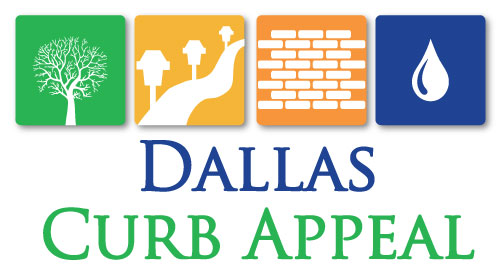Landscape Ideas: Growing Snow Peas
This post includes videos and information about growing and using snow peas. Please scroll below for recipes, nutritions facts, and other snow pea information. Enjoy and thanks for visiting.
Video by Growing your greens
How Peas Grow
By Cook with class
Buying and storing tips
Snow peas can be found in the produce section of most health food stores, specialty markets, and supermarkets. Look for brightly colored, crisp pods that have fresh-looking leaflets and small seeds. Use as soon as possible, or store in a plastic bag, refrigerated for up to three days.
Nutritional Highlights
Snow peas (frozen, uncooked), 1/2 cup
Calories: 55
Protein: 3.7g
Carbohydrate: 9.8g
Total Fat: 0.26g
Fiber: 3.38g
*Excellent source of: Vitamin C (12.9mg), and Vitamin A (523 IU)
*Foods that are an “excellent source” of a particular nutrient provide 20% or more of the Recommended Daily Value. Foods that are a “good source” of a particular nutrient provide between 10 and 20% of the Recommended Daily Value.
Health benefits and concerns
Vitamin C, present in fruits and vegetables, is a powerful antioxidant and anti-inflammatory. This anti-inflammatory activity may influence the development of asthma symptoms. A large preliminary study has shown that young children with asthma experience significantly less wheezing if they eat a diet high in fruits rich in vitamin C.
Many Americans eat insufficient amounts of foods containing vitamin C; the disease caused by vitamin C deficiency, scurvy, causes easy bruising. While very few people actually have scurvy, even minor deficiencies of vitamin C can increase the incidence of bruising. People who experience easy bruising may want to try eating more fruits and vegetables—common dietary sources of vitamin C.
Eating plenty of flavonoid– and vitamin C-rich fruits and vegetables helps to support the structure of capillaries.
Some, but not all, studies have reported that eating more foods rich in beta-carotene or vitamin A was associated with a lower risk of cataracts. Synthetic beta-carotene supplementation has not been found to reduce the risk of cataract formation. It remains unclear whether natural beta-carotene from food or supplements would protect the eye or whether beta-carotene in food is merely a marker for other protective factors in fruits and vegetables high in beta-carotene.
A controlled trial showed that eating a diet high in fruits and vegetables containing folic acid, beta-carotene, and vitamin C effectively lowered homocysteine levels. Healthy people were assigned to either a diet containing a pound of fruits and vegetables per day, or to a diet containing 3 1/2 ounces (99g) of fruits and vegetables per day. After four weeks, those eating the higher amount of fruits and vegetables had an 11 percent lower homocysteine level compared to those eating the lower amount of fruits and vegetables.
Multiple sclerosis (MS)
In one survey, researchers gathered information from nearly 400 people (half with MS) over three years. They found that consumption of vegetable protein, fruit juice, and foods rich in vitamin C, thiamine, riboflavin, calcium, and potassium correlated with a decreased MS risk.
Health benefits and concerns for vegetables
Many health benefits and concerns associated with this food are applicable to other vegetables. Read about health benefits and concerns for vegetables for a full description.
Helpful Links

